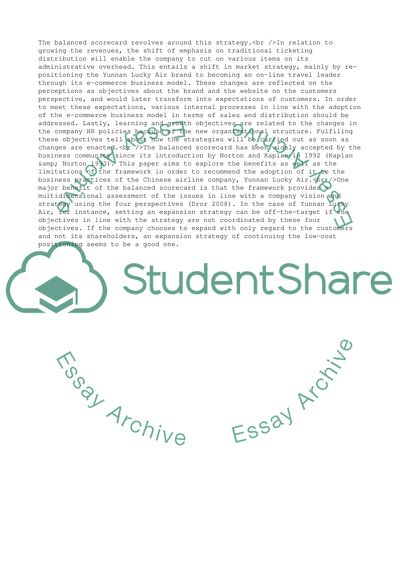Cite this document
(Management Accounting- A case study in balanced scorecard, n.d.)
Management Accounting- A case study in balanced scorecard. https://studentshare.org/management/1558826-management-accounting-a-case-study-in-balanced-scorecard
Management Accounting- A case study in balanced scorecard. https://studentshare.org/management/1558826-management-accounting-a-case-study-in-balanced-scorecard
(Management Accounting- A Case Study in Balanced Scorecard)
Management Accounting- A Case Study in Balanced Scorecard. https://studentshare.org/management/1558826-management-accounting-a-case-study-in-balanced-scorecard.
Management Accounting- A Case Study in Balanced Scorecard. https://studentshare.org/management/1558826-management-accounting-a-case-study-in-balanced-scorecard.
“Management Accounting- A Case Study in Balanced Scorecard”. https://studentshare.org/management/1558826-management-accounting-a-case-study-in-balanced-scorecard.


